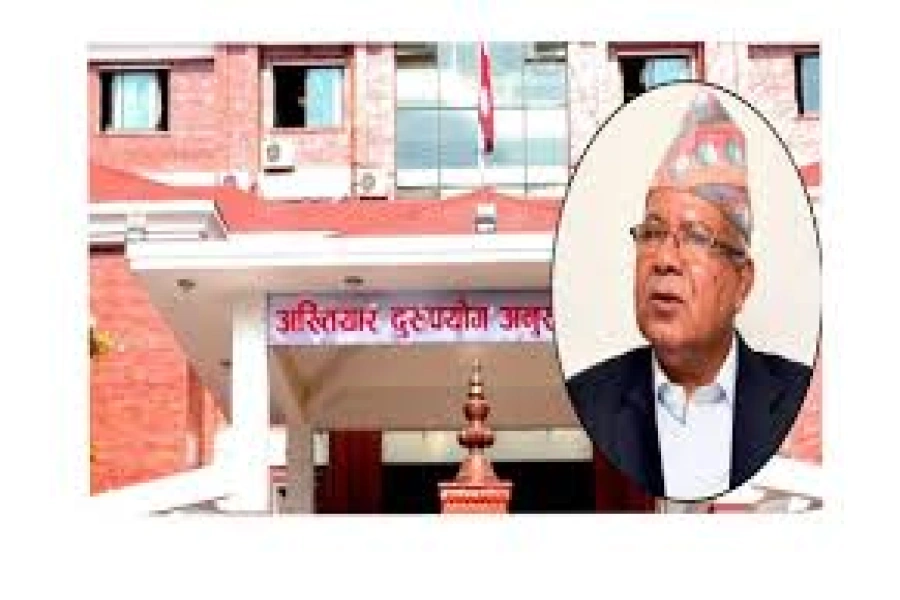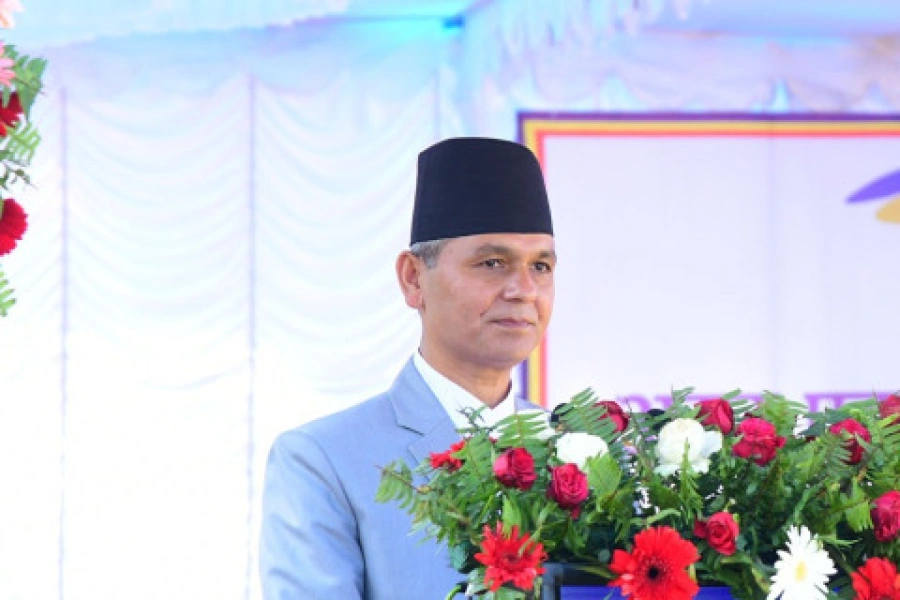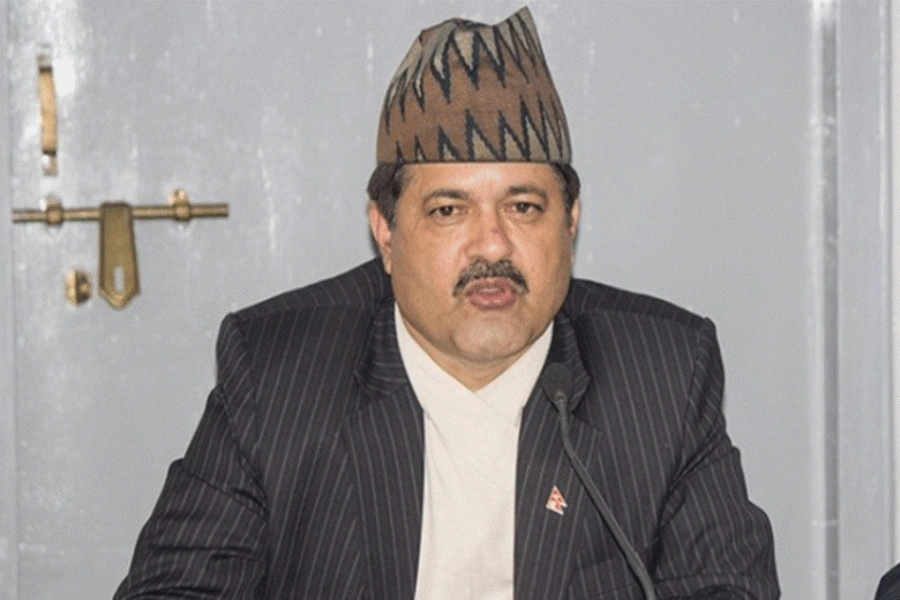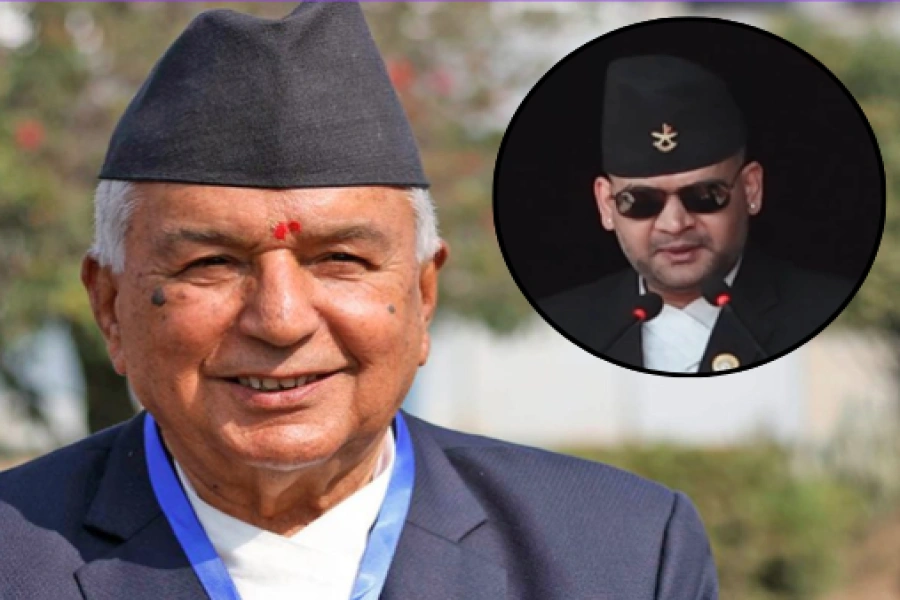KATHMANDU, March 10: Province 6, 7, and 2 lag behind in overall development indicators, while the indicators of province 3 are at the top in almost all categories, says a study report on Nepal’s provinces.
Provinces 2 and 5 are relatively weaker in provincial administrative institutions as these provinces did not have regional headquarters in the past, according to the report titled “Federal Nepal: The Provinces; A comparative study report of economic and administrative data and challenges” that was unveiled on Friday.
The report was published by Governance Facility, an initiative of the Embassies of Denmark and Switzerland, and the UK’s Department for International Development (DFID) in agreement with the Government of Nepal.
Indicators of 14th plan relatively satisfactory, says govt repo...

Provinces 2, 3, and 5 have higher revenue generating capacity than other provinces though most of the revenue they generate goes to the federal government, the report said.
Province 6 and 7 have low shares in national revenue with less capacity to generate their own resources and these provinces also have fewer educational and health facilities and financial institutions than other provinces, according to the report.
The report authored by expert of fiscal federalism Khimlal Devkota, and former diplomat and member of High Level Federal Administrative Restructuring Committee Madhu Raman Acharya says that provinces 1, 3 and 4 are better off in terms of availability of natural resources, and physical and administrative infrastructure.
The report was prepared by collecting government data from different sources. Devkota said that the uneven development indicators could be minimized only through fiscal transfers and grant allocations based on the provinces’ strengths and capacities.
The authors have also stressed on the need for collecting data in provinces and preparing profiles for better policy making in the provinces. They have also recommended sending more staff to the local levels, enabling the local levels and provinces in making laws, and running programs of capacity building.



-1765804380.webp)
































